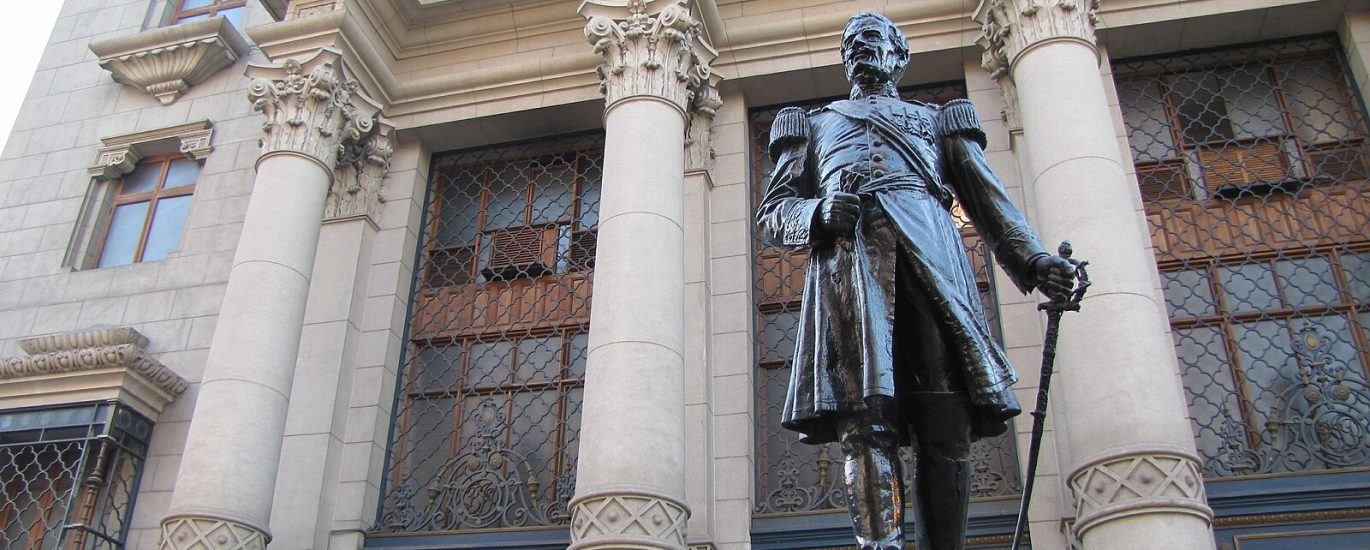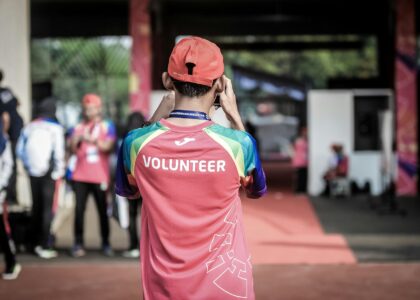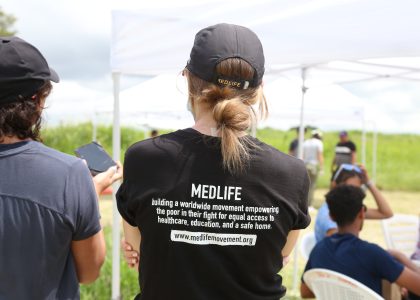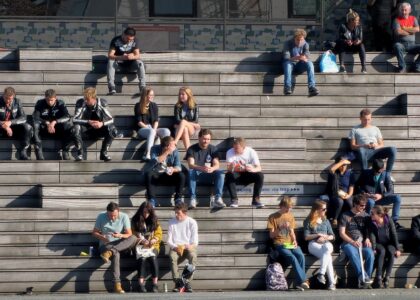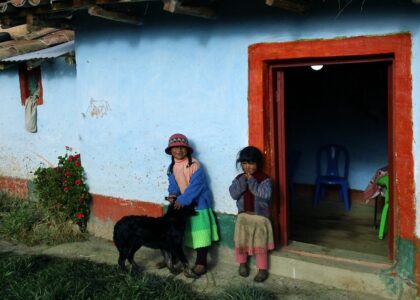Peru, a land of breathtaking landscapes and rich cultural heritage, is a place where the past and present seamlessly intertwine. In this blog, we will embark on a journey to explore how architecture and culture converge in Peru, creating a vibrant tapestry that tells the story of its people. From ancient ruins to modern cities, the fusion of architectural marvels and cultural traditions is evident at every turn.
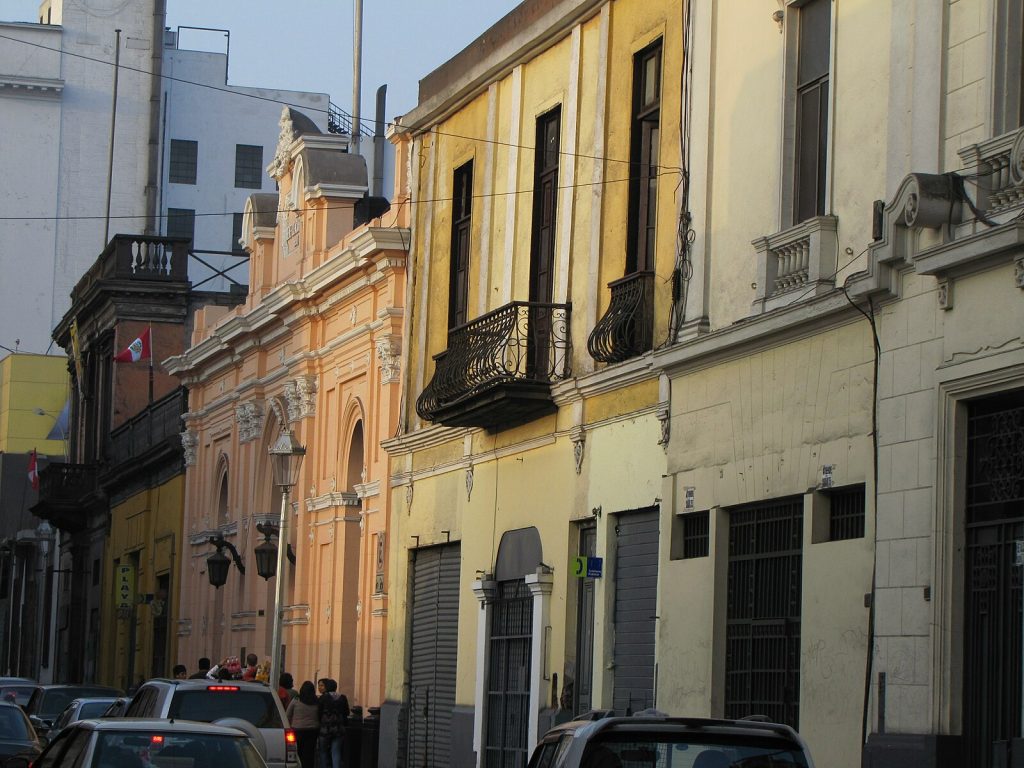
The Intersection of Architecture and Culture
Peru’s architectural landscape is a testament to its diverse cultural influences over centuries. As you wander through the streets of Cusco, the former capital of the Inca Empire, you’ll encounter the remarkable blend of Inca stonework and Spanish colonial architecture. The fusion of these two distinct styles not only showcases the country’s architectural ingenuity but also reflects its complex history of conquest and cultural exchange.
In the city of Lima, the fusion of architecture and culture is equally captivating. The historic center, a UNESCO World Heritage Site, boasts splendid colonial-era buildings adorned with intricate wooden balconies. These architectural gems provide a glimpse into the opulence of the Spanish colonial period and its influence on Peruvian culture.
Preserving Cultural Heritage Through Architecture
In Peru, architecture serves as a vehicle for preserving cultural heritage. The ancient city of Machu Picchu, perched high in the Andes, is a prime example of this synergy. Its awe-inspiring stone structures, meticulously crafted by the Inca civilization, showcase their advanced engineering skills and deep connection to the natural environment. Machu Picchu not only represents a triumph of architecture but also embodies the spiritual and cultural significance of the Andean people.
In modern times, architects in Peru continue to draw inspiration from the country’s rich cultural tapestry. Contemporary buildings often incorporate traditional elements, such as colorful textiles and indigenous motifs, seamlessly blending the old and the new. This approach not only pays homage to Peru’s cultural roots but also contributes to a sense of continuity and identity.
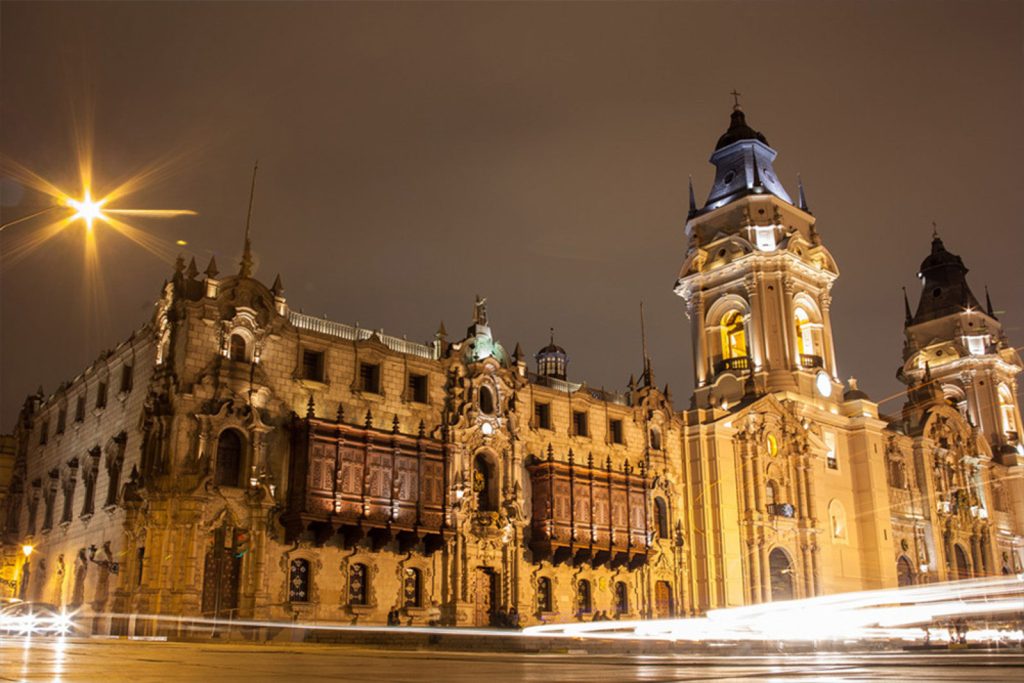
Celebrating Festivals and Architecture
Peru’s vibrant festivals are another avenue where architecture and culture converge. During religious and cultural celebrations, towns and cities come alive with colorful processions and decorations. Elaborate altars and archways, adorned with flowers and intricate designs, transform the urban landscape into a visual feast. These temporary architectural creations symbolize the deep-rooted traditions and the importance of communal gatherings in Peruvian culture.
Modern Innovations in Traditional Settings
In recent years, architects in Peru have embraced the challenge of modernizing urban areas while preserving their cultural essence. The city of Arequipa, known for its stunning white volcanic stone buildings, has seen a resurgence of interest in sustainable and culturally sensitive architecture. Projects like eco-friendly hotels and community spaces seamlessly integrate with the city’s historical charm, proving that innovation can coexist with tradition.
In Peru’s architectural and cultural landscape, the past harmoniously merges with the present. From the ancient echoes of Inca craftsmanship in Cusco to Lima’s colonial-era opulence, the country’s architecture reflects a rich history of exchange and resilience. Machu Picchu, an architectural triumph and cultural icon, embodies this synergy. Today, architects blend tradition with innovation, seamlessly incorporating indigenous motifs into modern designs, fostering continuity and identity. Peru’s festivals transform urban settings into vibrant celebrations, underscoring the link between architecture and culture. In cities like Arequipa, sustainable practices meld with cultural sensitivity, shaping a future that respects heritage while embracing sustainability. Peru’s architectural narrative is a dynamic testament to its people’s enduring spirit and cultural reverence.
To witness the majesty of Peru’s natural wonders and historical architecture, consider joining a Service Learning Trip through Safe Homes Movement and help to create safe housing for those in need. Download our brochure today by clicking here!


